The Hyundai Elantra has been in production since 1990 and has gone through six generations. Before the hatchback craze kicked in, the Elantra was the go-to small car in the Hyundai range. It was practical, had a cheap entry price and was dirt cheap to run. In 2019, Hyundai revealed the new generation of the small Hyundai sedan and also announced that the Elantra name would be no more in Australia, to make way for the ‘i30 sedan’. We thought it would be nice to make a tribute to the humble Elantra and all it has done for the Australian consumer.
First Generation (J1):



Introduced in October 1990 the first generation Elantra was the spiritual successor to the Hyundai Steller overseas and offered something different to the drab world of the Vauxhall Cavaliers in Europe but at a lower price point. The USA even got the first gen Elantra and so did we, but under the disguise of the ‘Lantra’ name. The first-generation Elantra was offered with a Mitsubishi designed 1.6-litre four-cylinder engine producing 84kW of power that could push this small sedan to 97km/h from a standstill in 9.5 seconds and onto a top speed of 187km/h.
Second Generation (J2):
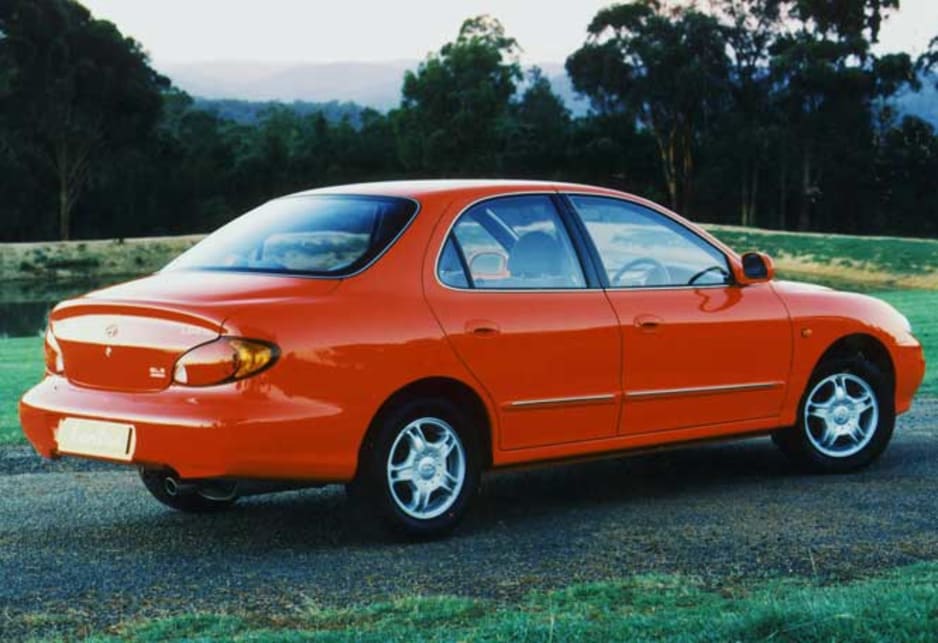
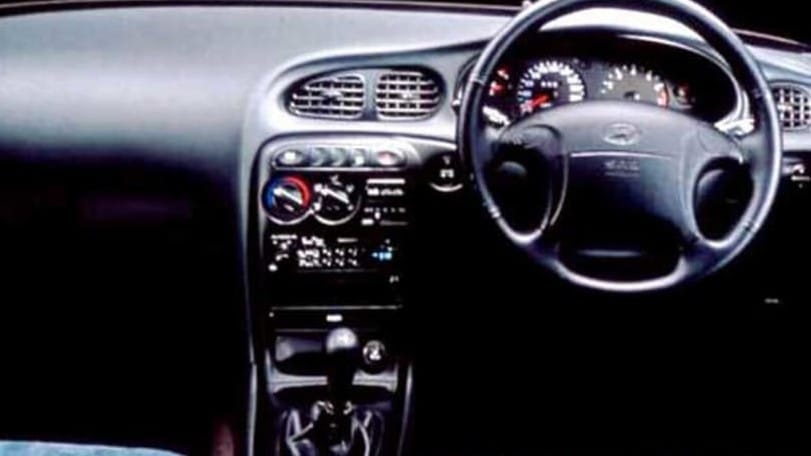
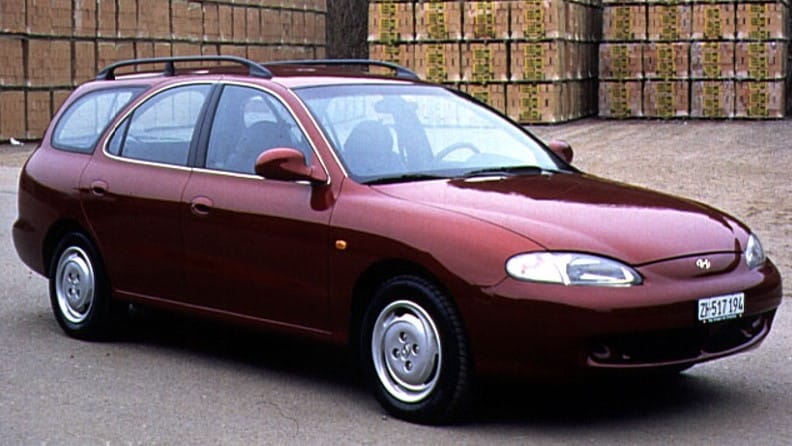

The second generation of the Hyundai Elantra was born in 1995 and offered a more modern shape than the previous model. Like the first generation, the second generation Elantra was offered for sale in Australia but again under the ‘Lantra’ name. The Lantra was offered with a 1.8-litre four-cylinder engine producing 94kW of power and 165Nm of torque through either a five-speed manual or a four-speed automatic. This generation of Lantra was also offered as an even more practical station wagon named the ‘Lantra Sportswagon’ with the option of a drivers’ airbag for an additional $990.
Third Generation (XD):
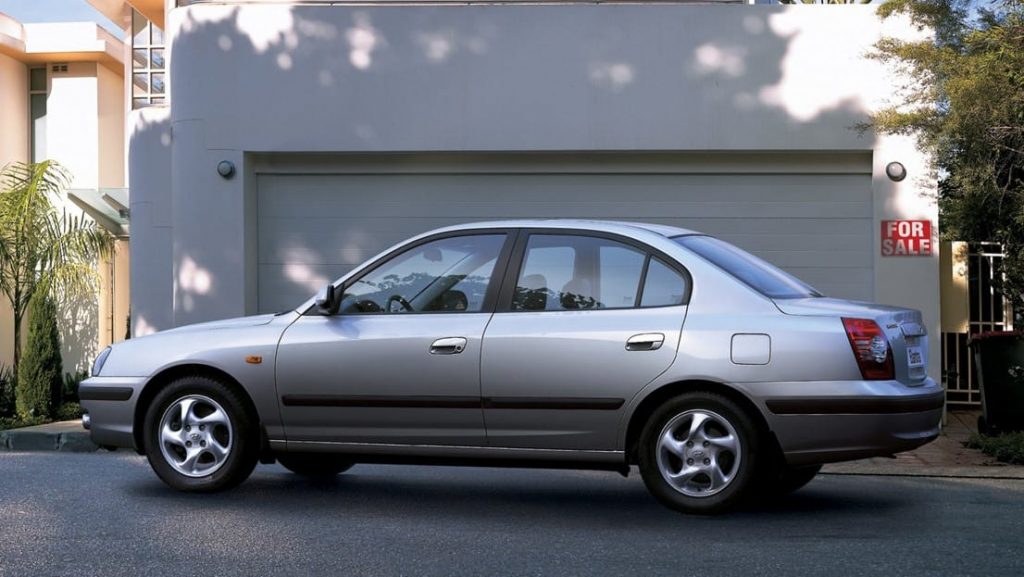
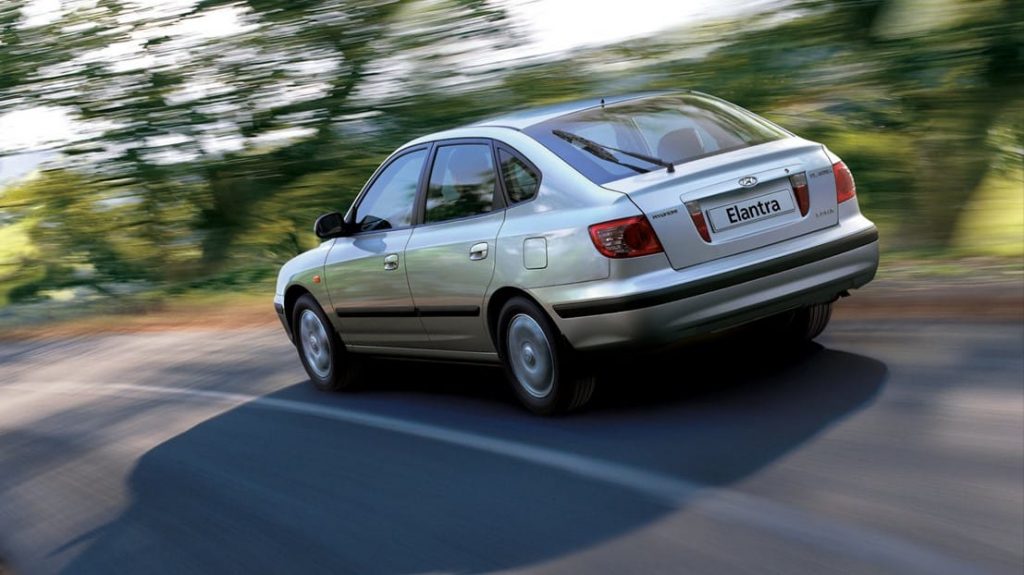
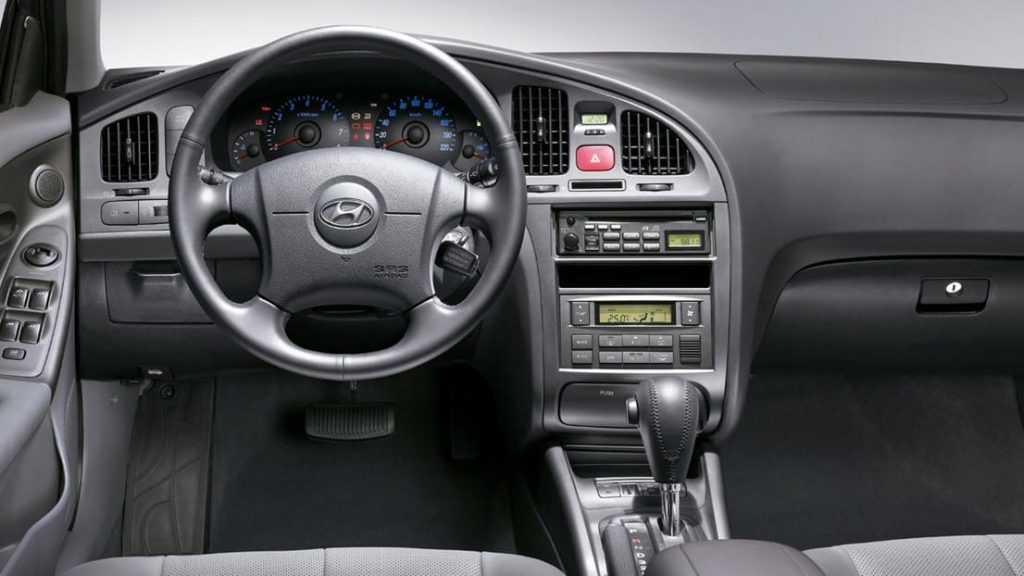

Finally, the Elantra name comes to Australia. In August of 2000 the first Hyundai’s with the Elantra badge on the rear touched down in Australia. The third generation Elantra is what made the name popular down under with a good number of standard features (all models came with a six-speaker stereo, air conditioning, central locking with immobiliser, power steering, power front windows and power mirrors) and a cheap entry price of just $19,990. Optional on 2000 model Elantra’s were ABS ($1,490), Metallic paint ($195) and four-wheel disk brakes ($100). The station wagon variant of the Lantra was dropped to make way for the 5-door hatch model of the Elantra with a sedan body style being available also.
The same 1.8-litre four-cylinder unit from the second generation Elantra was offered on the third generation but it now produced 97kW of power. The third generation of Elantra was facelifted in 2003 which changed the front and rear bumpers, the boot lid and gave the dash a new design. The facelift made the four corner disk brakes standard and the only option available was a ‘safety pack’ gaining ABS and 15-inch alloy wheels. The third generation Elantra went out of production in 2006 to make way for an all new model.
Fourth Generation (HD):
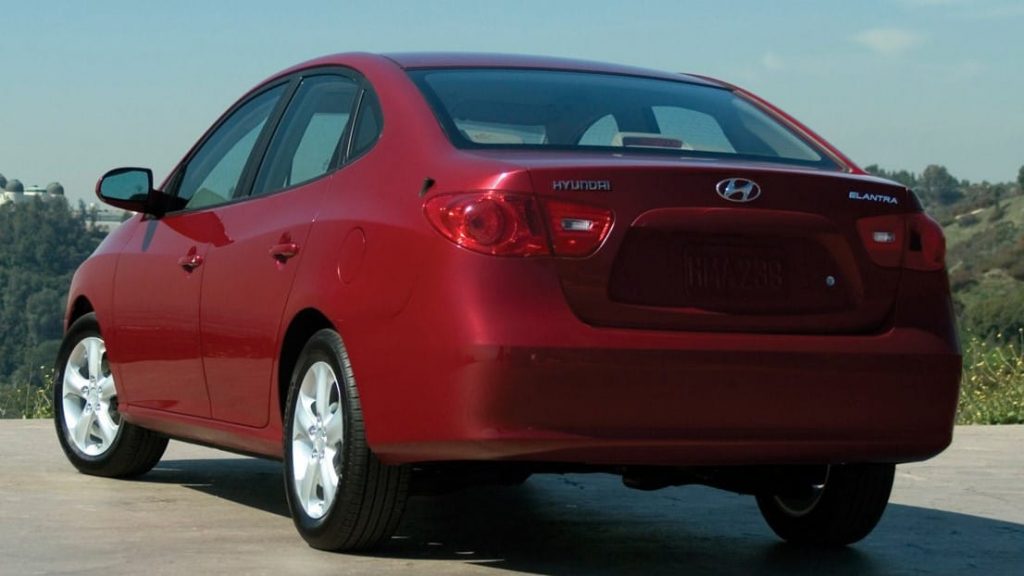
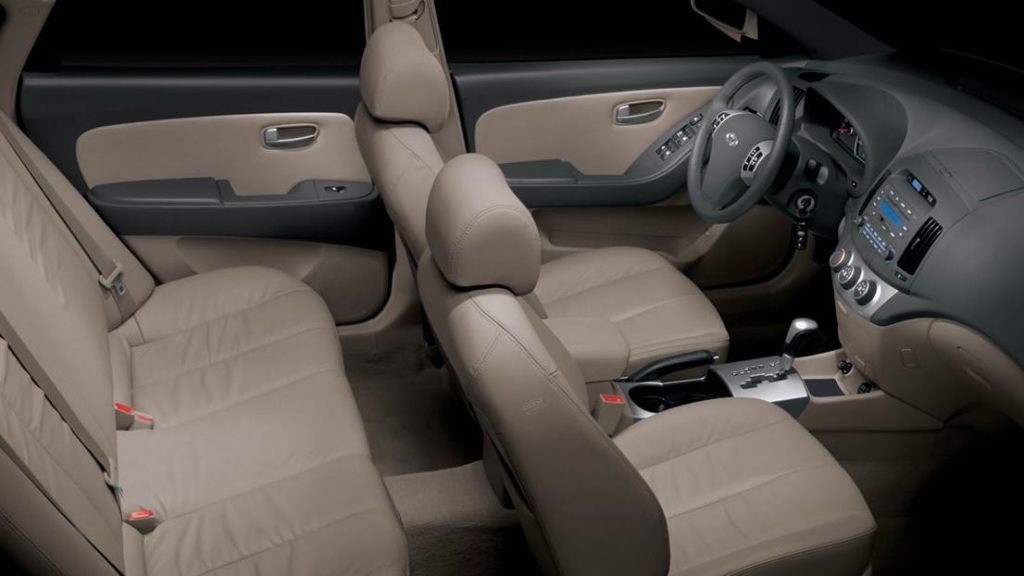
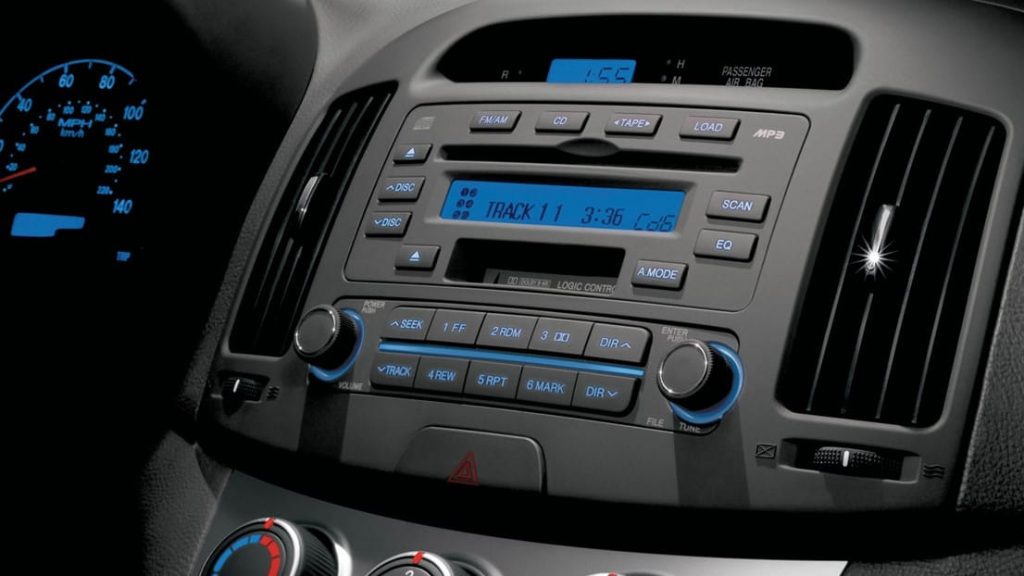
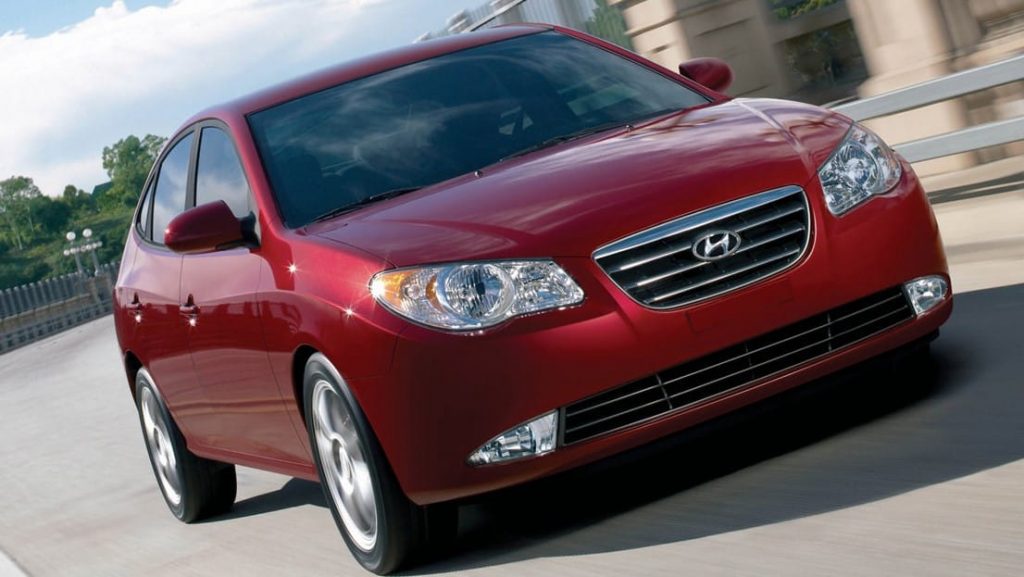
The fourth-generation Elantra launched in Australia in August 2006 with an all new look and interior. It also now came with some pretty impressive standard features such as ABS, driver and passenger airbags, an alarm, a CD player with Aux input, remote central locking, independent rear suspension and power windows.
Powering the all-new fourth generation Elantra was a new 2.0-litre four-cylinder engine producing 105kW of power and 186Nm of torque. Overseas the fourth generation Elantra was even available as a hybrid – known as the ‘lpi hybrid’- that was a mild hybrid that ran on liquid petroleum gas (LPG). It was the first vehicle of its kind. The life span of the fourth-generation Elantra lasted five years and production ended in 2011 to make way for the fifth generation.
Fifth Generation (MD):
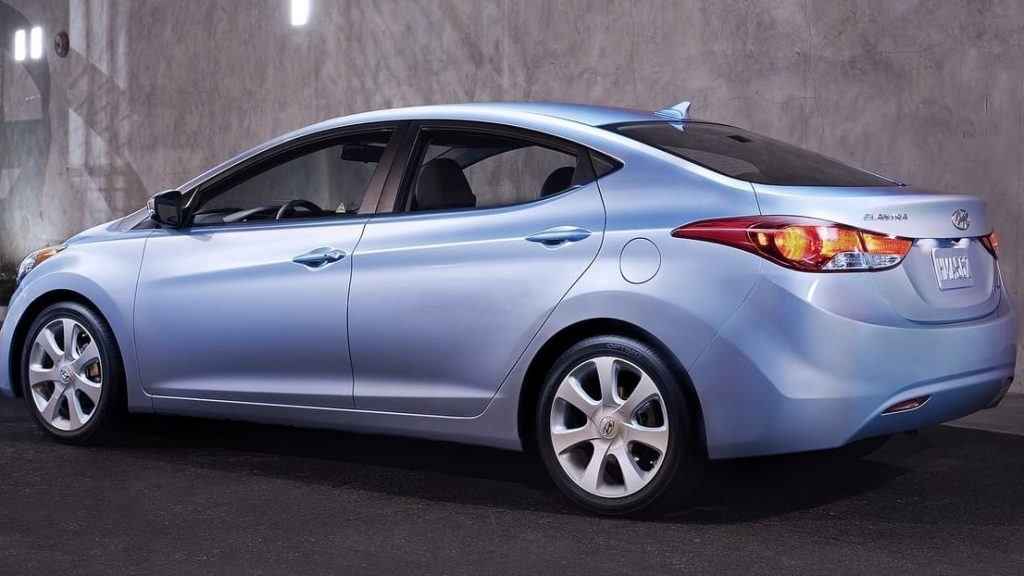
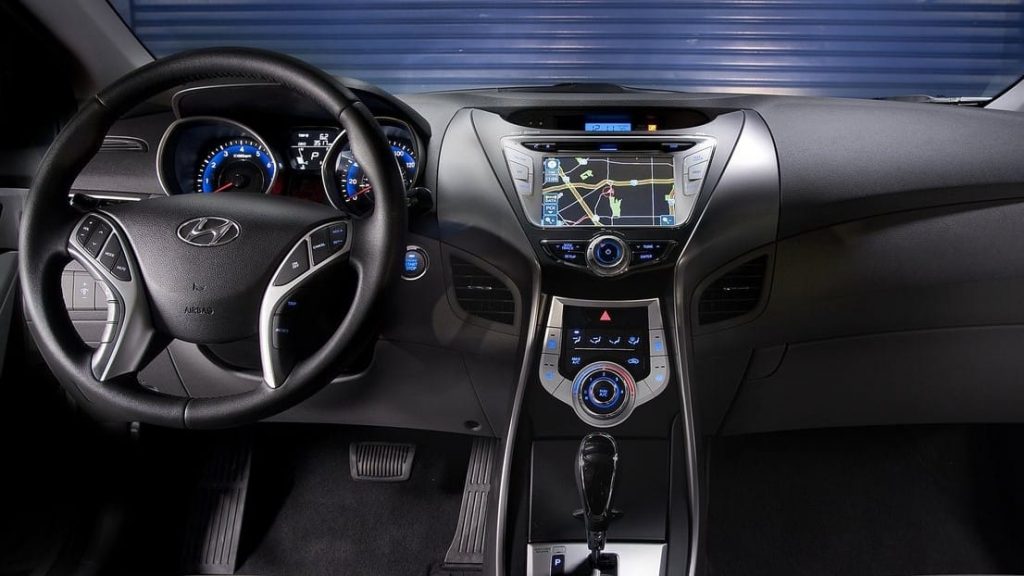
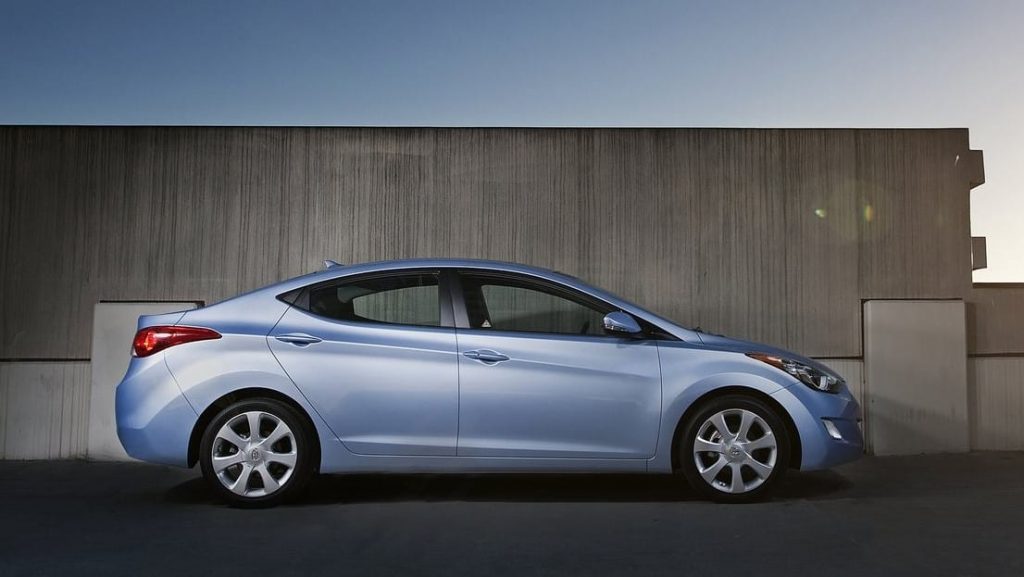
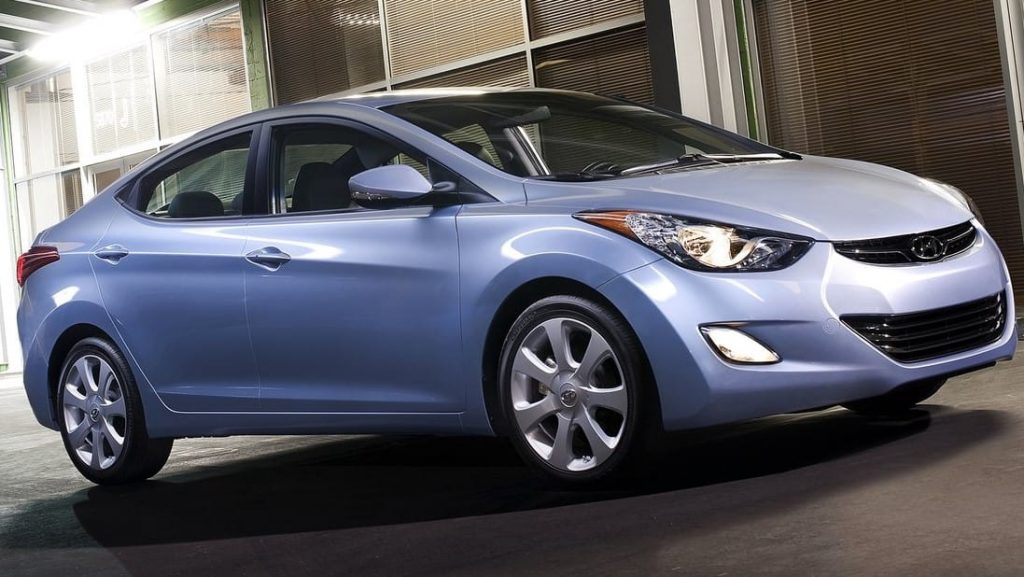
Landing on Australian shores in June 2011, the fifth-generation Hyundai Elantra was a good-looking car and a refreshing change from the previous model. Known as the ‘global Elantra’ it was sold in nearly every market. South Korea called it the ‘Avante’, Malaysia called it the ‘Inokom Elantra’, Israel got it as the ‘i35 Elantra’, India had the ‘Fluidic Elantra’, Thailand got the ‘Elantra Sport’ and China got the ‘Elantra Langdong’. The fifth generation Elantra was even offered as a coupe in the USA with Hyundai’s fluidic sculpture body design language. It had a six-speed manual but was discontinued in 2014 after just two years due to poor sales.
In Australia the Elantra was gaining popularity with more buyers downsizing from traditional sedans and wagons. The fifth generation was offered in Australia with a 1.8-litre four-cylinder engine producing 110kW of power and 178Nm of torque through either a six-speed manual or six-speed automatic gearbox. For the first time in Australia the Elantra was available with Satellite navigation, proximity keyless entry and start and dual-zone climate control.
Sixth Generation (AD):
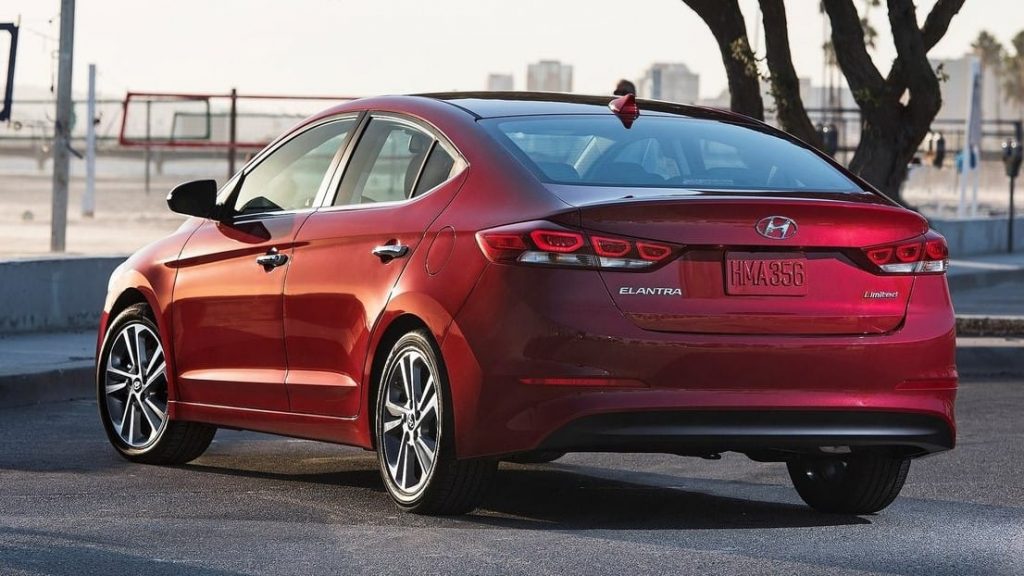
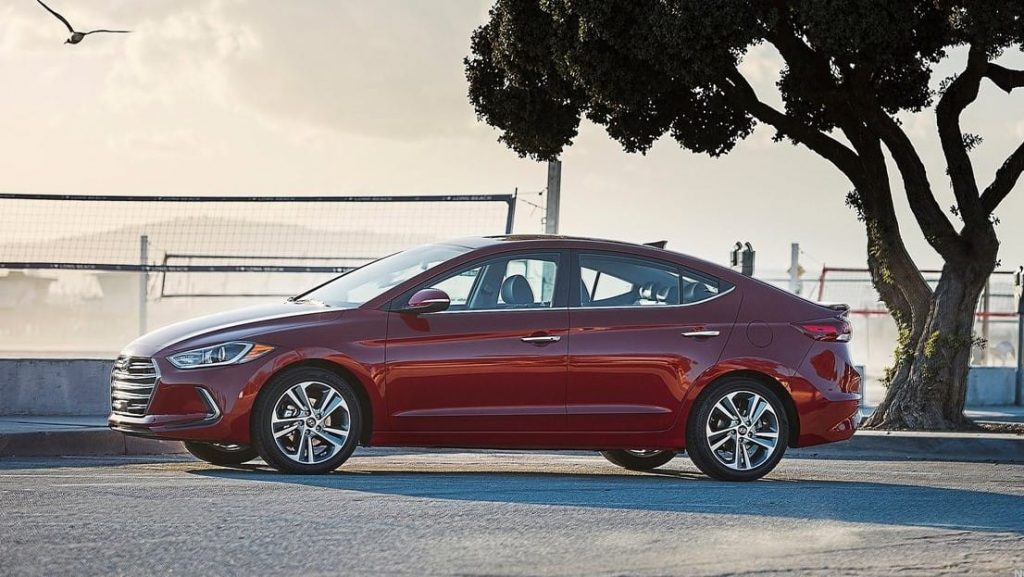
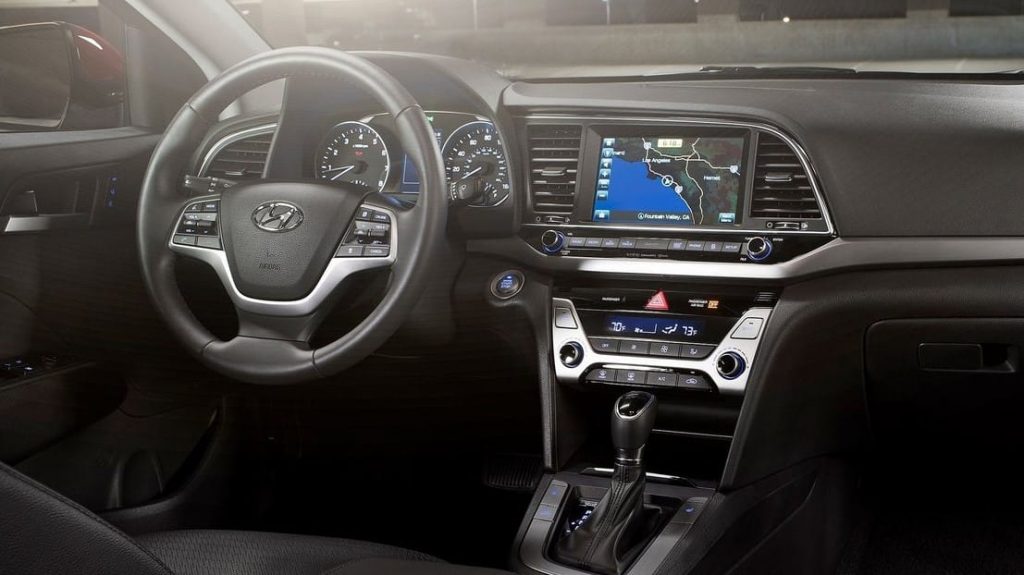
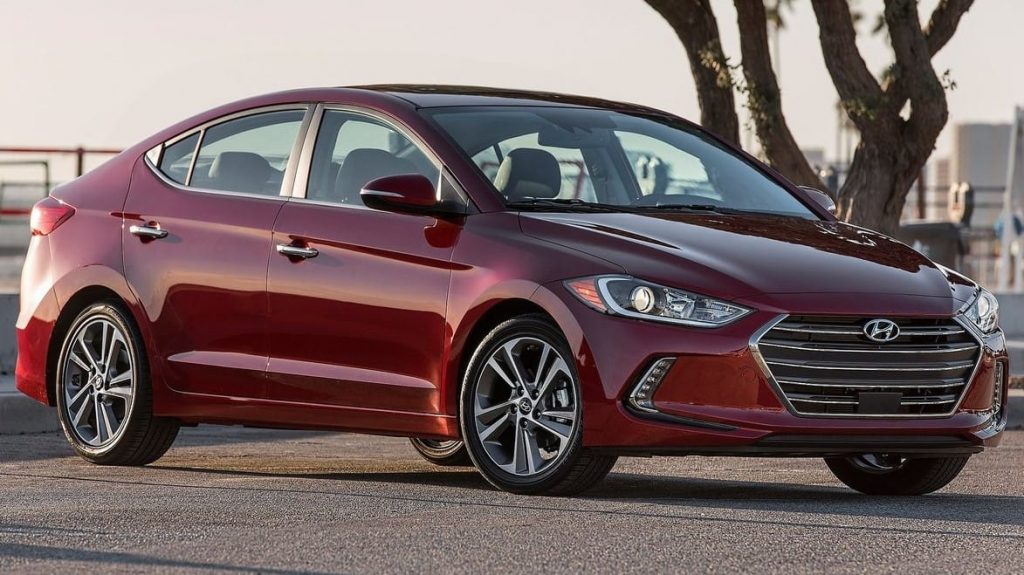
The sixth generation of Hyundai Elantra really brought the Elantra into the 2010’s. In December 2015, the first ones arrived in Australia – although by this time the Hyundai i30 was thriving and everyone was buying hatchbacks. The car now came standard with a colour touchscreen with Apple CarPlay and Android Auto and looked the part too with modern design features.
An SR model was also available in Australia with a 1.6-litre turbocharged four-cylinder producing 150kW of power and 265Nm of torque, it could be had with a six-speed manual or a seven-speed dual-clutch automatic. It had a decent run of three years before the update came along. It was a drastic update as it changed the entire exterior of the car aiming to be more angular and aggressive.
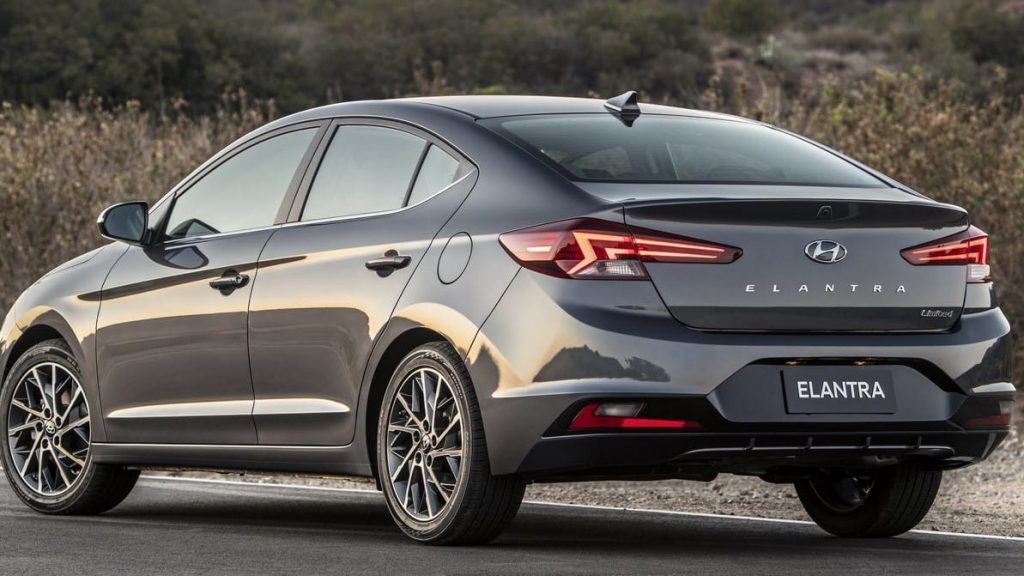
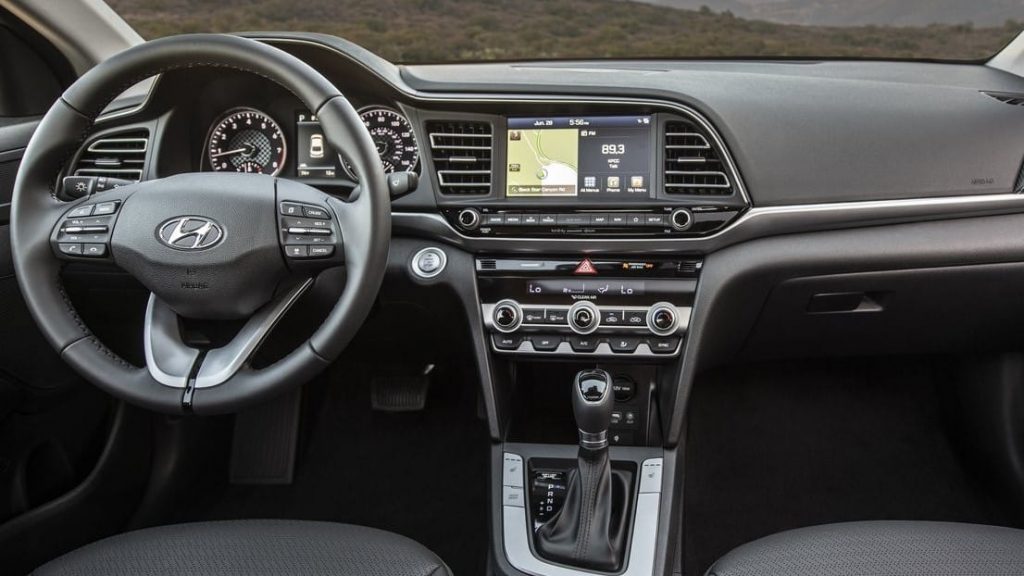
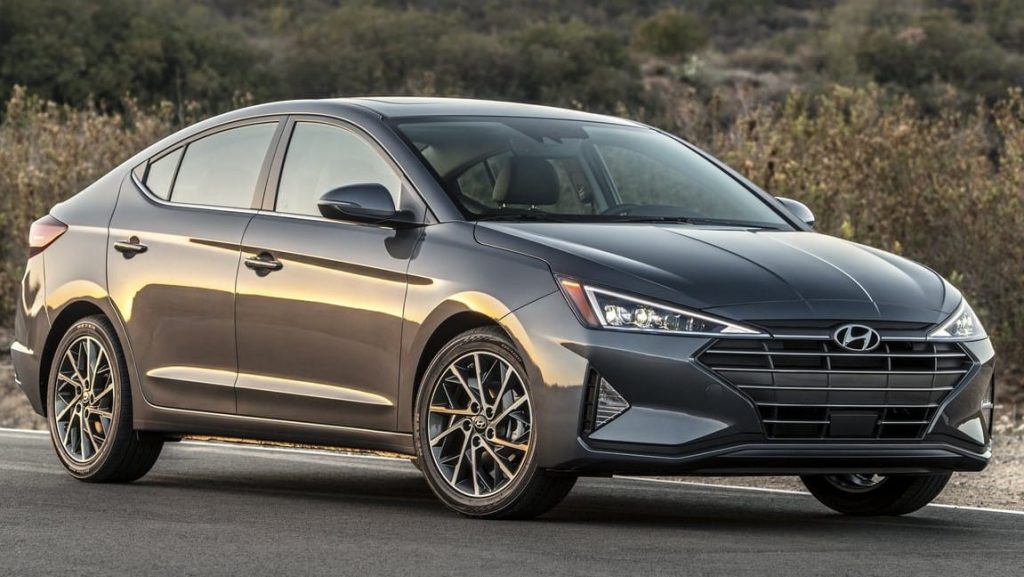
This is the last Hyundai in Australia to wear the ‘Elantra’ name as from 2020 the new model will arrive and be dubbed the ‘i30 sedan’ as pictured below.
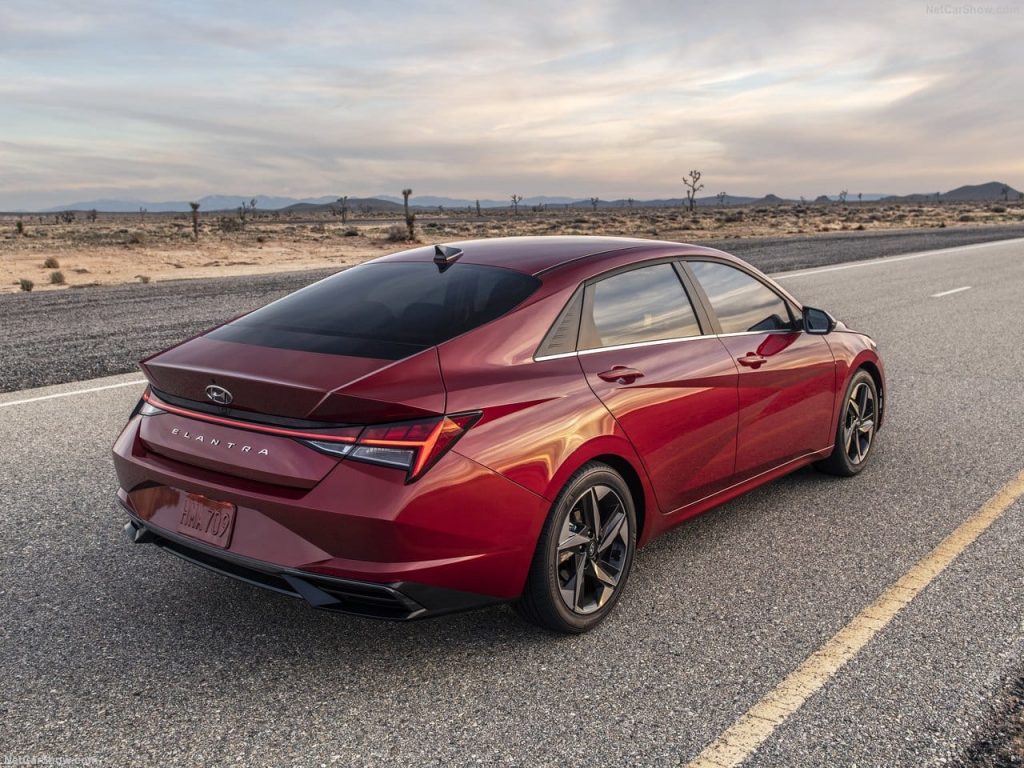
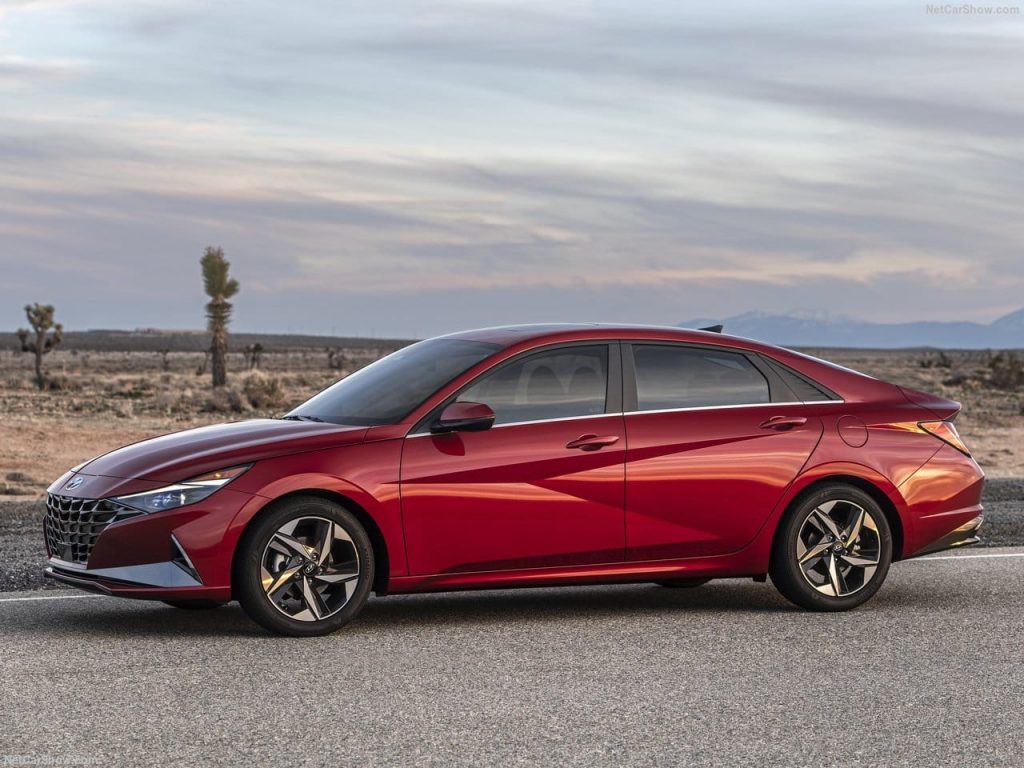
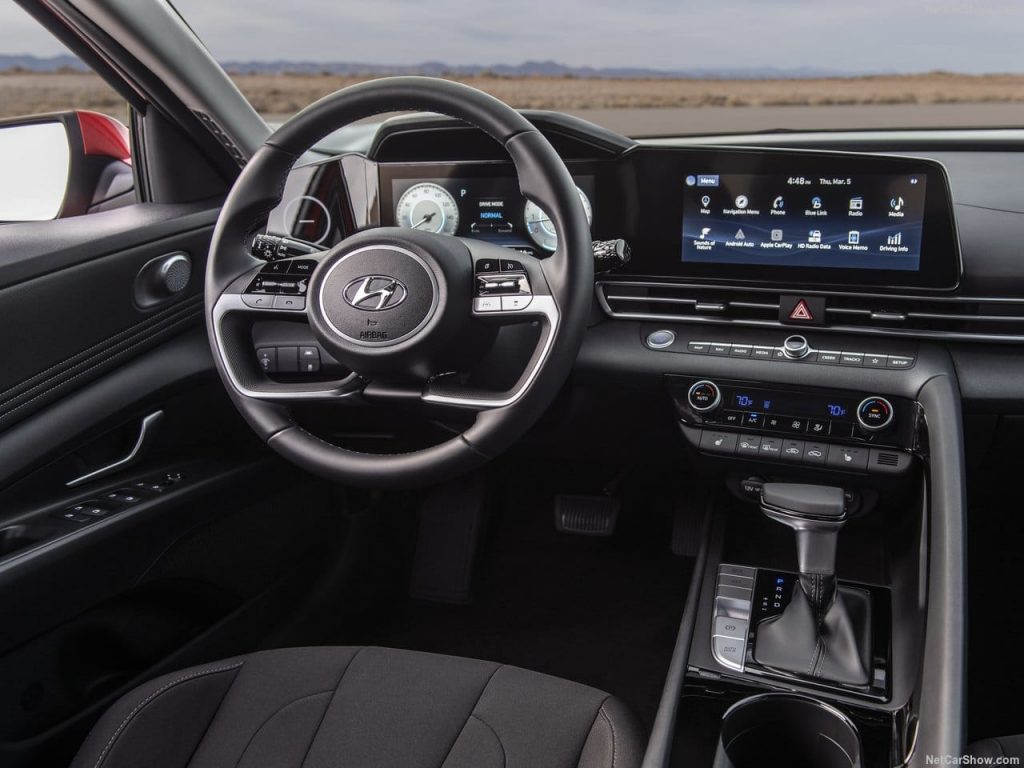
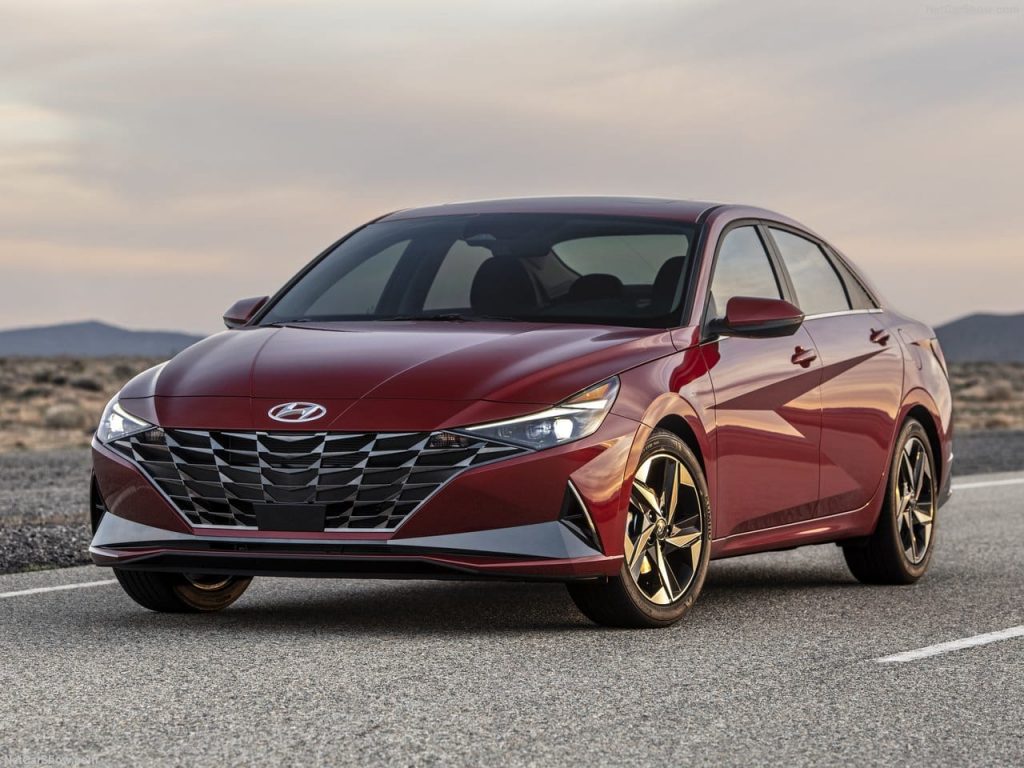
While the Elantra name continues overseas, markets such as Australia are going to retire it this year with the introduction of the new generation model. Considering that it’s been Hyundai’s longest-running nameplate that has sold in the thousands locally, it will be sad to see it retired locally as Hyundai continues its new model onslaught, offering vehicles such as the Kona EV and the Venue.
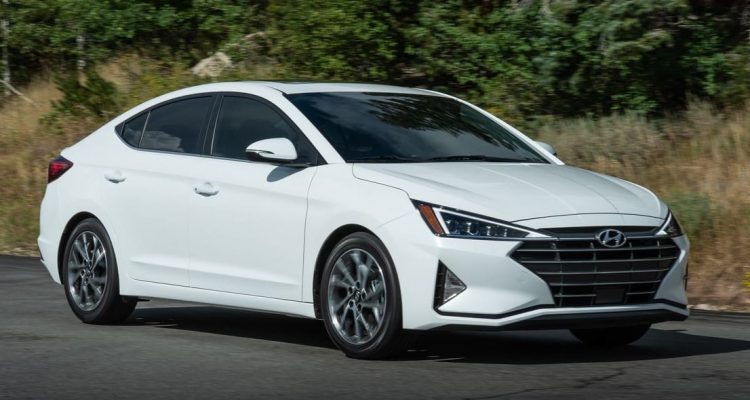
Leave a Reply